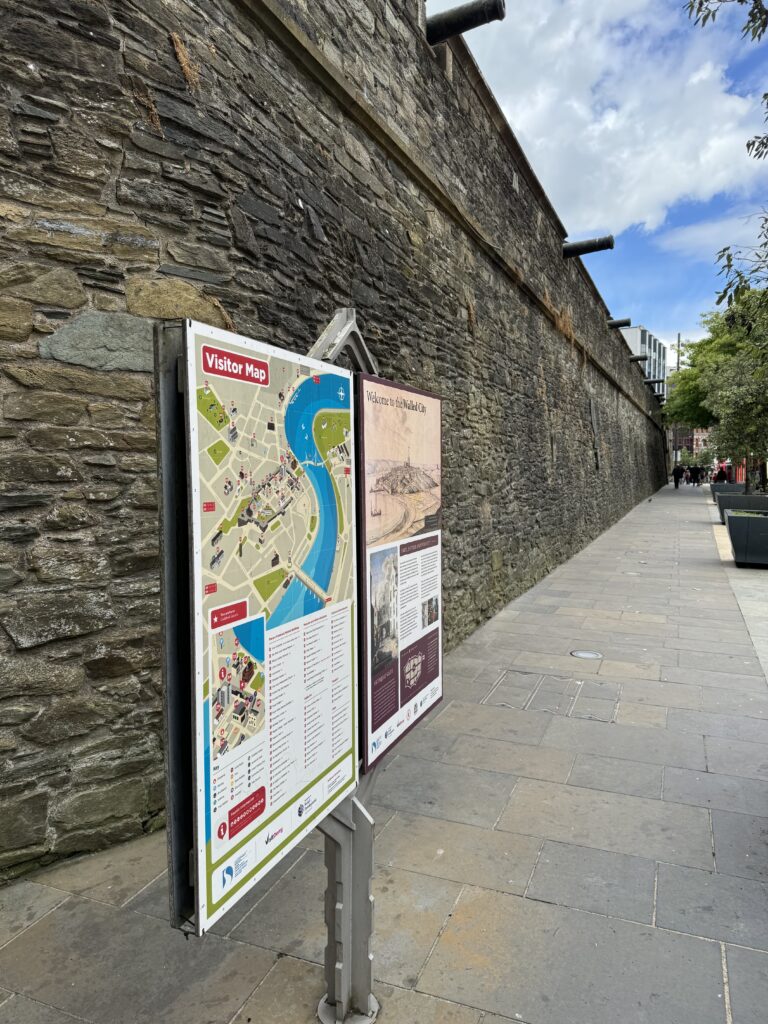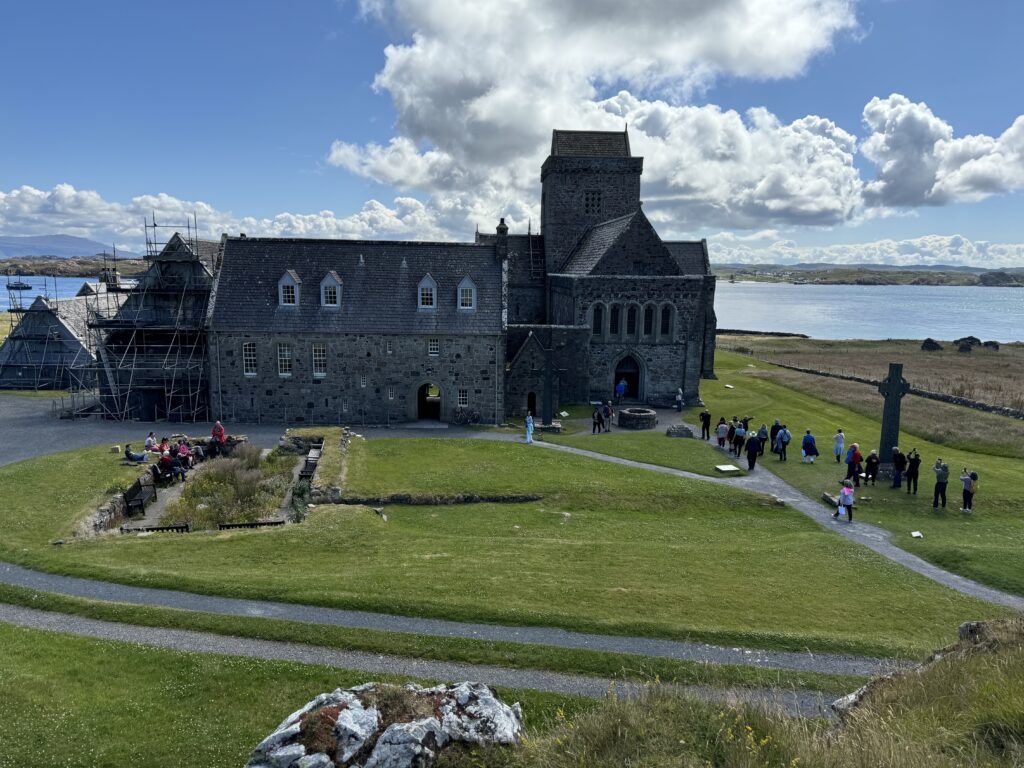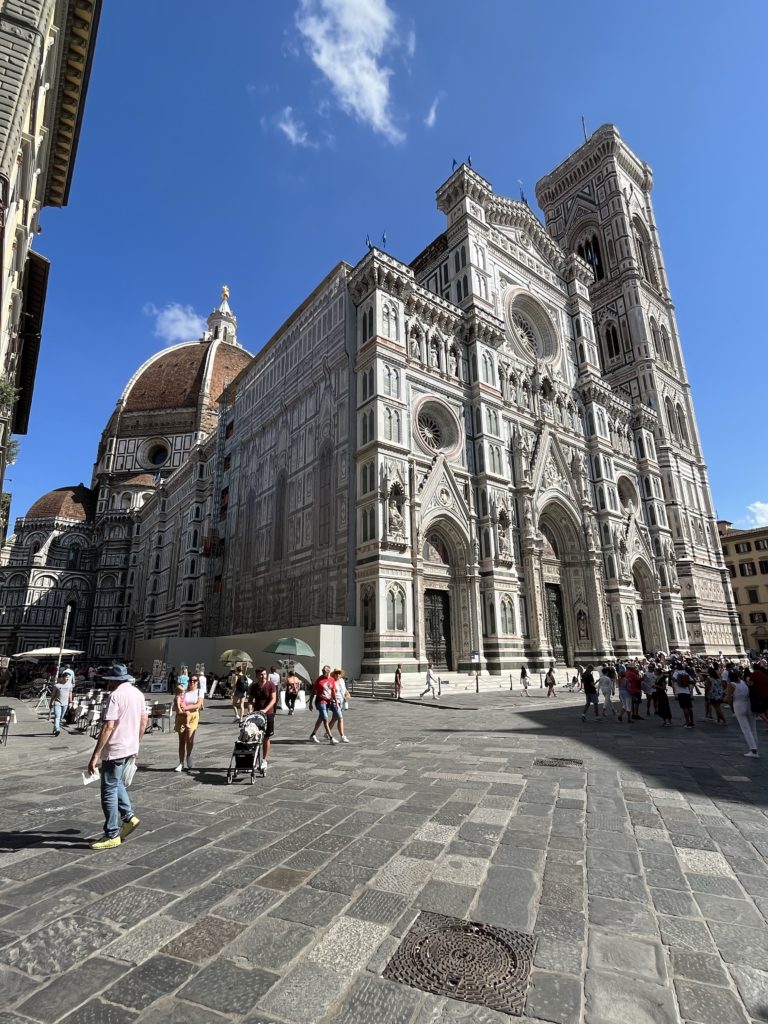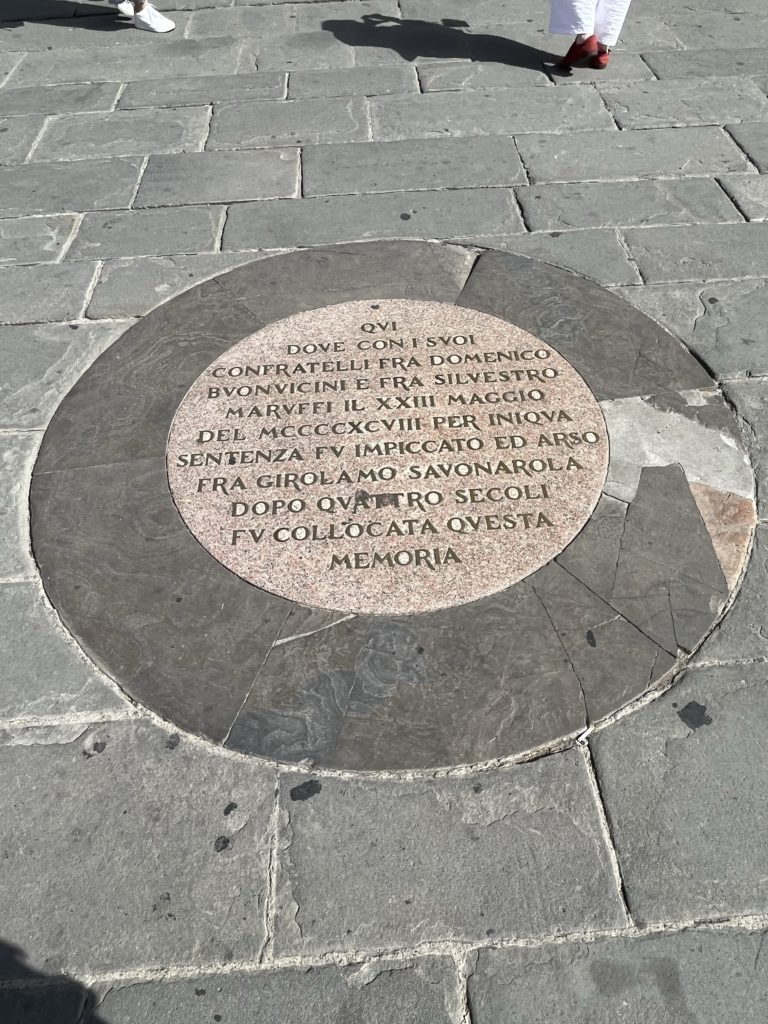
After another delayed flight and misplaced piece of luggage, we arrived home in the dark early morning hours. We were tired but, as always, glad to be home. That the trip home included airline logistical problems added a strange symmetry to our journey, but perhaps it was fitting.
We don’t always know what themes will develop on our journeys, even when they are planned around certain historical figures or events, and this one was no different. In retrospect it is clear this one was about evangelism and walls.
The historical figures we came across each day were like a dream team of disciple-makers: Patrick, Columba, Maughold, Aiden, and Cuthbert. King Jesus used Patrick to remake Ireland into Kingdom-territory, and then He did the same with Maghhold on the Isle of Man, Columba in Scotland, and Aiden and Cuthbert in Northeastern England.
Studying these Kingdom heroes seemed to inspire our group, as when Ann spoke to our taxi driver in Dublin about the Lord, and The Wife and I shared about the Lord with our taxi driver on the Isle of Man.
And then there were the walls. The first walls we saw were those in Londonderry, built in the early seventeenth century but becoming even more iconic during The Troubles of 1968-1972.
The most famous wall was Hadrian’s. As I mentioned in a post, walls are some of the best evidence we live in a fallen world. Walls are designed to keep people separated from one another. Emperor Hadrian built his wall in 122 A.D. after giving up on defeating the vicious pagan Picts in what is now Scotland.
Fittingly, Hadrian’s wall has been all but dismantled now, not just through the pillaging of people but through the presence of the gospel. The Romans could not tame the Picts so they built a wall. Columba introduced them to the gospel and there was no longer a need for a wall.
Continue reading “Irish-Scotch Travel Journal – Epilogue”



